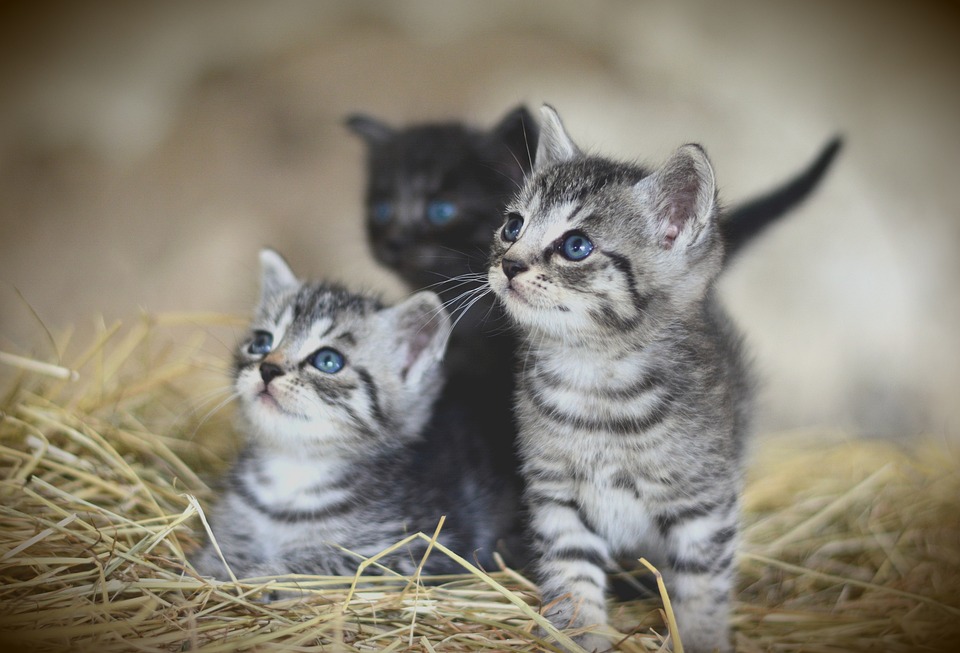Choosing the right cat food is essential for the overall health and well-being of your feline friend. Cats have unique nutritional needs as obligate carnivores, and it’s important to understand these needs when selecting their diet.
First and foremost, cats require a high-quality protein source as the foundation of their diet. Protein provides essential amino acids, such as taurine and arachidonic acid, which are vital for their health. Look for cat foods that have named protein sources like chicken, turkey, or salmon, rather than generic terms like “meat” or “animal by-products.”
When it comes to the type of cat food, you have several options to choose from – dry, wet, or raw. Dry cat food, also known as kibble, is convenient and cost-effective. It also helps maintain dental health by reducing tartar buildup. However, some cats may not drink enough water to compensate for the moisture content of dry food, which can lead to urinary tract issues.
Wet cat food, on the other hand, has a higher moisture content, which helps keep cats hydrated. It is generally more palatable and easier to chew, making it suitable for kittens, senior cats, or cats with dental issues. However, it tends to be more expensive and spoils faster once opened.
Raw cat food, also known as the BARF (Biologically Appropriate Raw Food) or Prey Model diet, mimics a cat’s natural diet. It consists of raw meat, bones, organs, and occasionally vegetables. Proponents argue that it provides optimal nutrition, promotes dental health, and reduces the risk of certain diseases. However, it requires careful preparation and a deep understanding of feline nutrition to ensure a balanced diet. There is also a potential risk of bacterial contamination.
When reading cat food labels, it’s important to look for an AAFCO (Association of American Feed Control Officials) statement. This ensures that the cat food meets the standards for complete and balanced nutrition. Avoid cat foods that contain excessive grains, fillers, artificial colors, flavors, or preservatives. Cats thrive on a primarily protein-based diet.
If your cat has specific dietary needs, such as allergies, sensitivities, or medical conditions, it’s best to opt for specialized formulas recommended by your veterinarian.
Now, let’s address some frequently asked questions about cat food.
Q1: How much should I feed my cat?
A: The amount of food depends on factors such as age, weight, activity level, and metabolism. Follow the feeding guidelines provided by the cat food manufacturer and adjust as needed.
Q2: Should I free-feed my cat or establish regular meal times?
A: It is generally recommended to establish regular meal times to ensure portion control and prevent obesity. Free-feeding can lead to overeating.
Q3: Is it okay to switch my cat’s food abruptly?
A: Cats are known for their aversion to sudden dietary changes. To avoid digestive upset, gradually transition to a new food by mixing increasing amounts of the new food with decreasing amounts of the old food over a week or two.
Q4: Can I give my cat homemade cat food?
A: While homemade cat food can be an option, it requires careful planning and knowledge of feline nutrition to ensure a balanced diet. Consult with a veterinarian or veterinary nutritionist to formulate a proper homemade cat food recipe.
By considering your cat’s nutritional needs, understanding the different types of cat food, and reading labels, you can make informed decisions to provide the best diet for your feline friend. Remember to consult with your veterinarian for personalized dietary recommendations based on your cat’s specific needs.








